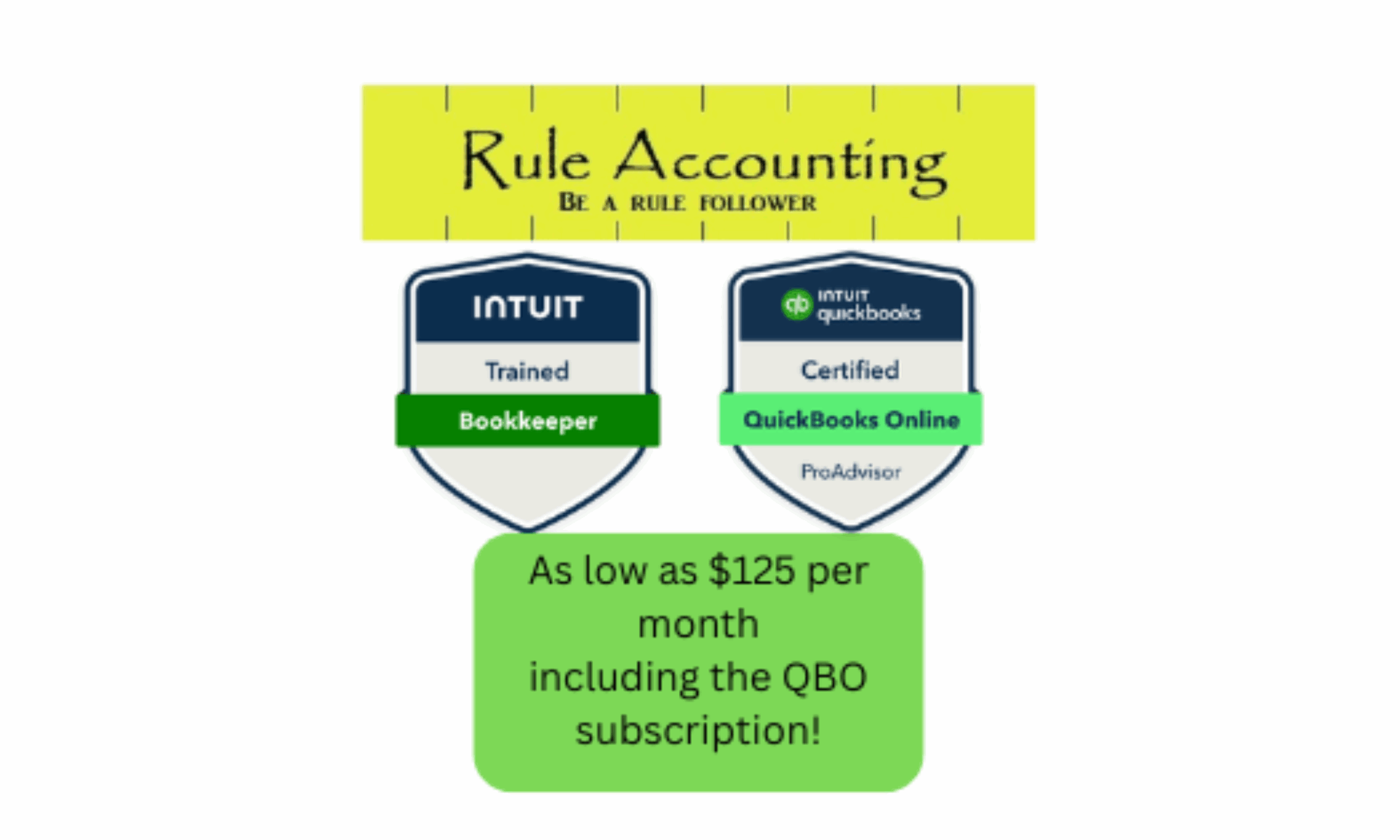Just what is a derivative? Well first let’s define a function. A function is a relationship between any two dependent numbers. One number is the independent variable and the other is the dependent variable. This may be used for many applications such as supply and demand, marginal cost and fixed cost, rate of change, velocity, etc.
A derivative is the rate of change at a particular time, or the instantaneous rate of change. On a continuous curved domain line, the derivative of a particular point is the slope, rise over run, of the tangent line to that point. Average rates of change in data are based on multiply points. A rate of change at a particular point is a derivative.
A marginal cost is a derivative while an average cost is not. For a derivative to exist the function line must be continuous, smooth, and not have a vertical tangent line. An average requires at least two points and a derivative requires only one point. There are an infinite amount of points between 0 and 1, but there are not twice as many points between 0 and 2.
A derivative is at an exact point. Not an average. A derivative is a much more accurate way to predict future numbers rather than just using averages. Averages may not show dips in a rising market, but the dips are there. The ability to predict future dips will give you an advantage on buying and selling stock.
Derivatives will also let you know your maximum efficiency at a particular number of units at current conditions. In short, a derivative is a very complex way of analyzing a function.
Brett Bickham
Clifton, TX
